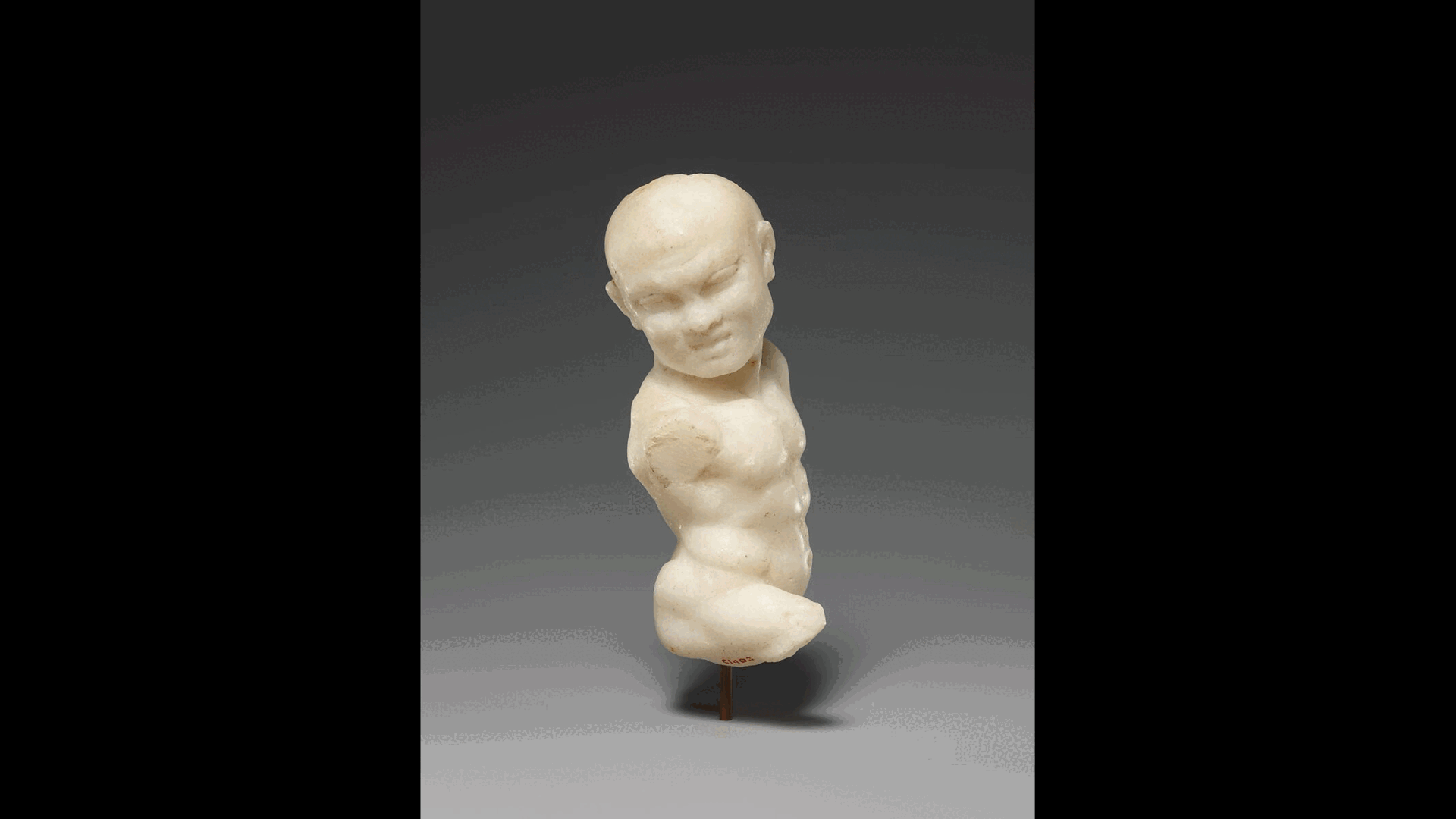
Vampire bats live on a strictly blood-based diet. So strict, in fact, that they seem to process their food more like some blood-feeding flies than like other known mammals.
Researchers discovered this by coaxing common vampire bats (Desmodus rotundus) to run on a tiny treadmill. Running isn’t that unusual for these bats in the wild. When they’re not flying around, they’re often found scurrying along the ground after cattle, horses and other mammals to feed from.
While bats in this experiment hit the mini gym, scientists tracked the carbon dioxide they exhaled. Up to 60 percent of that CO2 came from the bats metabolizing fuel other than carbs or fats. That was surprising, since those are the fuels that typically power running mammals.
Instead, much of the energy bats were using came from a recent high-protein meal of cow blood. The gases they exhaled during their workouts contained telltale traces from amino acids. Those are the building blocks of proteins.
Another clue to the fuel a runner is using is the ratio of CO2 exhaled to oxygen used. This ratio stayed steady as researchers pushed the treadmill pace from walking to running. That steadiness is a sign that bats weren’t fueling their exercise the usual mammal way. Gas ratios typically change as exercise gets harder and mammals shift from burning mostly fats to relying more on carbs.
Researchers shared these findings November 6 in Biology Letters.
Running on blood
The discovery means the vampire bats power along much like blood-feeding tsetse flies or some mosquitoes. That’s a first for mammals, thinks Ken Welch. He’s an ecological physiologist at the University of Toronto in Canada. He did the experiments along with Giulia Rossi. This physiologist now works at McMaster University in Hamilton, Canada.
The basic chemistry of bats’ blood-based power isn’t that unusual. “In most of us mammals,” Welch says, we can break down amino acids for fuel or some other use. But those processes are “built to slowly churn along in the background.”
Hibernating bears, for instance, might use this fuel source. “But these are extreme examples,” Welch says. And even then, bears “are not using amino acids they ingested in a meal only minutes before.”
Vampire bats’ blood diet seems fairly poor in the kinds of nutrients that let most mammals build up their stores of fuels such as fats. So it makes sense to Welch that bats’ ability to use those fuels weakened over time.
Yet relying so much on amino acids has its downsides. These fuels aren’t as easy to access quickly. And that means the bats could be more vulnerable to starvation. These vampires get thirsty often.








Leave a Comment